Tie The White Tiger
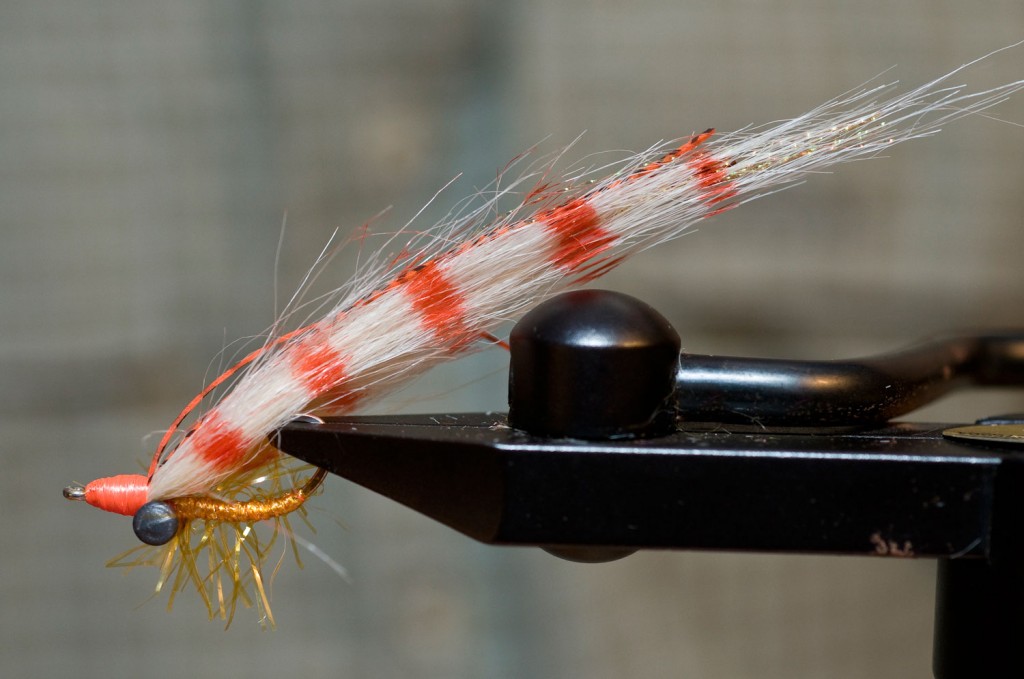
It was a windy day in November on the west side of South Andros.
My buddy Bruce Chard had tied up a fly he called the White Tiger. It was big and gaudy and orange and every time it hit the water the bonefish went crazy. We stuck so many big bones that day it was silly so when we got back to the lodge I asked Bruce to tie the White Tiger for a video. If your going bone fishing don’t go without a White Tiger.
CHECK OUT THE VIDEO!
Read More »8 Common Mistakes Anglers Make Fighting Trout
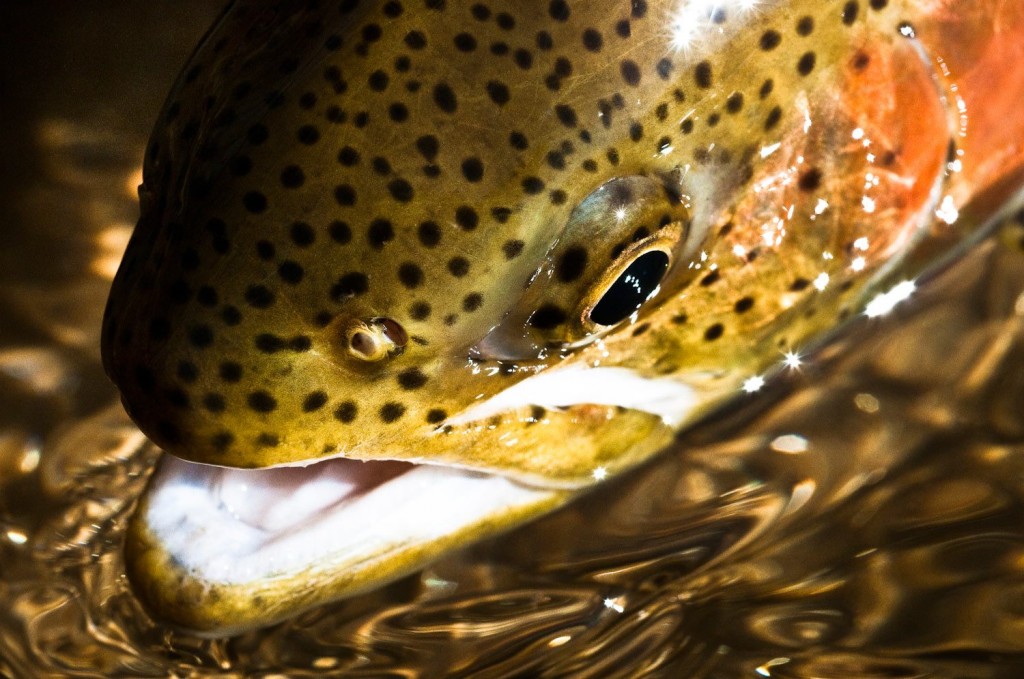
If I looked backed on my early fly fishing days and had to grade my fish fighting skills, it would yield a discouraging report card.
I lost way more fish than I actually landed during those first few years after picking up a fly rod. I’ll never forget how tense and anxious I was every time I’d find myself hooked up with a nice trout. It seemed like every second of the battle I was terrified that I was going to lose my trophy. In turn, I constantly second guessed my fighting instincts, I wouldn’t follow after my fish if it swam upstream or downstream of me, and I knew very little about the correlation between rod position and applying fighting pressure. Furthermore, I was really clumsy when it came to clearing my excess fly line and reeling in the fish. I always had a hard time figuring out when it was a good time to do that. When all said and done, I bet I only landed one or two fish out of every five fish I hooked during my rookie days. That’s not so hot, probably a D average if I was grading myself extremely leniently. We’ve all been there at some point during our fly fishing career, some of us may even find ourselves with that D average right now. Here’s the positive outlook though, most trout that are hooked and lost during the fight can be linked back to a handful of common mistakes. Yet, most of the time, they all can be easily avoided if you pay close attention to what you’re doing when you’re fighting a trout.
Mistake #1 – Not being in the hook set ready position
I know it sounds elementary, but during my early days, I would often find myself fumbling around with my fly line during my drifts. I didn’t always have my fly line secure in my rod hand, and that usually put me with too much slack in my fly line to pull off a solid hook set. I see anglers all the time during their drifts holding their fly line in their stripping hand only. Bites often come when we least expect them. To increase your chances of getting a good hook set and landing the trout, always make sure you’re in the hook set ready position. Get in the habit of putting the fly line in your index and middle finger on your rod hand immediately after you present your fly. This will have you ready to set the hook the instant you get a bite, and you’ll find your line management will improve.
Mistake #2 – Anglers fail to keep tension after the hook set
Not all the time, but more times than not, trout will swim towards you after being hooked, and it’s critical that you keep your rod tip up and immediately begin stripping in your fly line after the hook set. Doing so, you’ll have a good chance at eliminating the slack and maintaining tension on the fish. Instead of stripping, some fly anglers feel compelled to swing their body around and begin moving away from the fish after setting the hook. This puts the angler out of position, shuffling their feet awkwardly and also doesn’t allow them
The New Ross San Miguel Fly Reel

The new San Miguel fly reel from Ross is an update of a classic design.
Sometimes you can’t beat the classics. While the look and feel of the new San Miguel is all classic, there are some definite performance upgrades, like the hidden large arbor.
CHECK OUT THE VIDEO FOR ALL THE DETAILS ON THE NEW SAN MIGUEL.
Read More »Bruce Chard’s A.M. Express, A Great Fly For Baby Tarpon
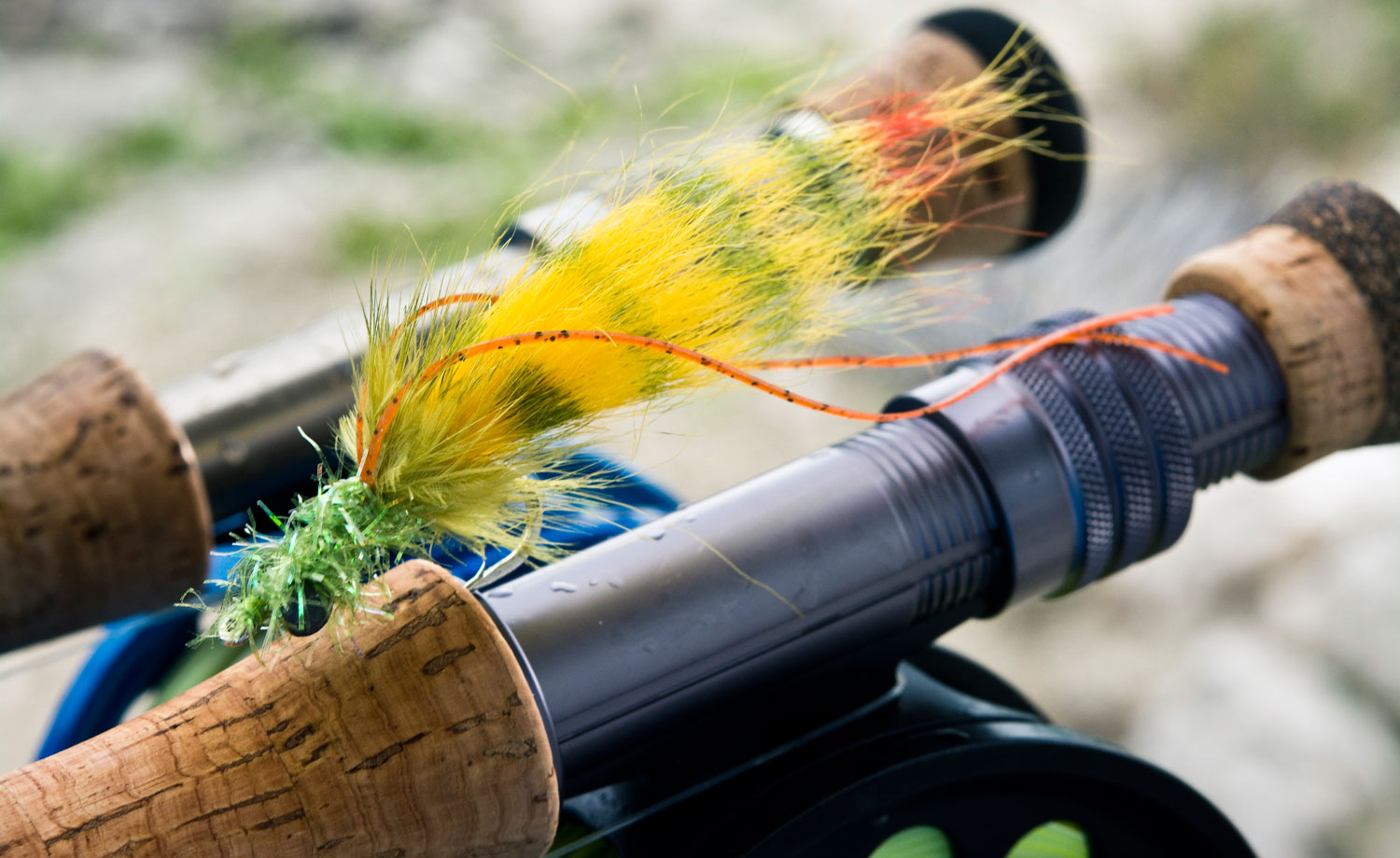
CATCHING BABY TARPON IS ABOUT AS FUN AS THE LAW ALLOWS.
Even a baby tarpon is a hell of a fish. These little guys are all fight and haven’t learned all the tricks of the grown ups. A thirty pound tarpon offers all the excitement of a hundred pounder with a good bit less humility.
On calm mornings you’ll find them cruising the edges of islands or nosing around rafts of floating grass or rolling in the glass calm water. If your going to catch them you’ll need the right fly. Our buddy Captain Bruce Chard is here to help.
Watch the video and learn to tie Bruce’s A.M. Express.
Read More »Why All Fly Anglers Should Be Watching Their Back Cast
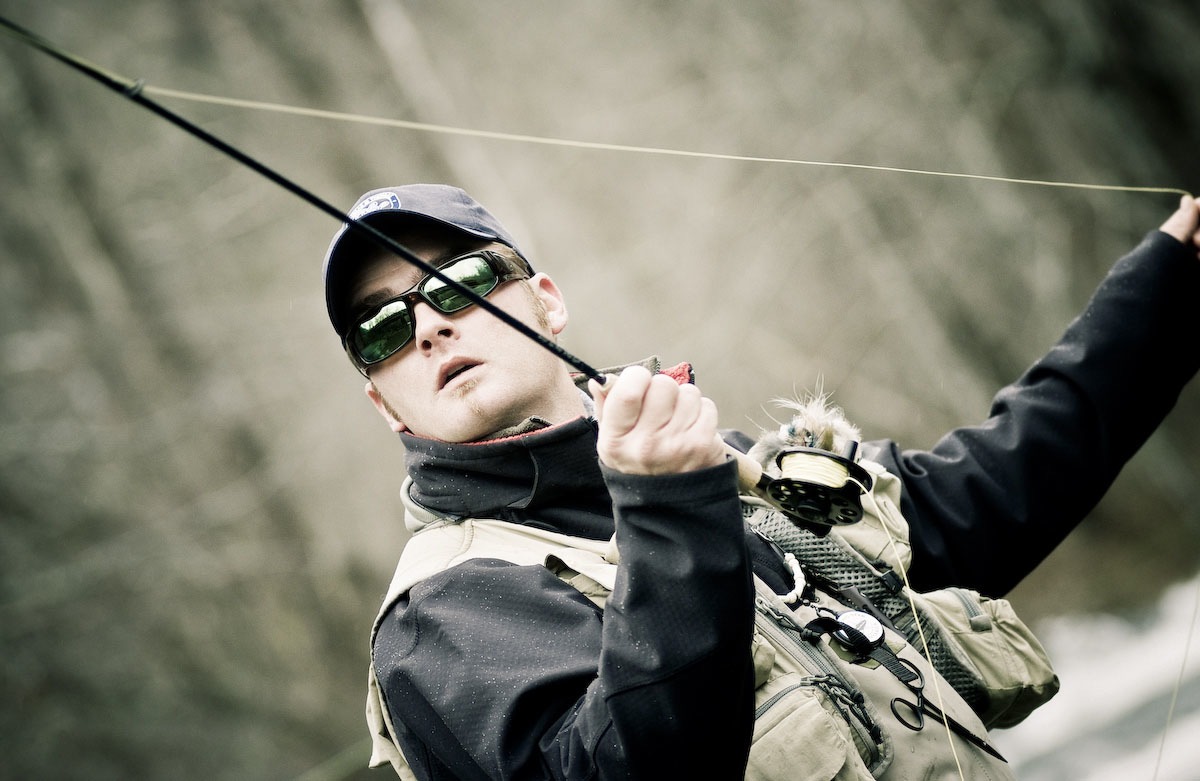
No fly angler should ever feel ashamed to watch his/her backcast when fly fishing. In fact, if you make a habit of consistently watching your back cast, you’ll become a much better fly caster overtime and catch a good deal more fish when you’re on the water. Just because Brad Pitt in the movie, A River Runs Through It, didn’t watch his back cast in most of the fly fishing scenes throughout the film, doesn’t mean fly anglers should follow his lead. The best fly casters in the world watch their back cast when presentations call for it. They might not do it all of the time, but they sure as heck don’t think twice about doing so, when a specific presentation calls for it.
Read More »Better Casting for Bonefish
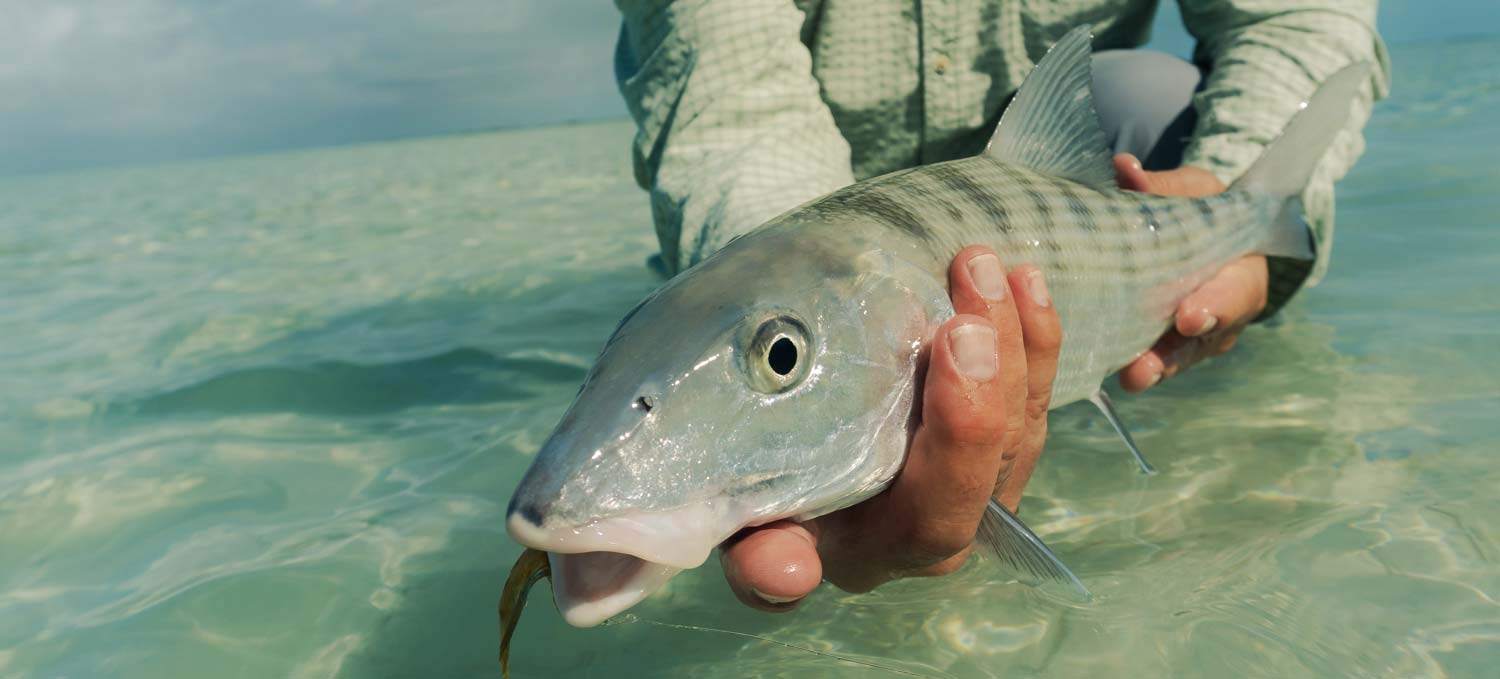
By John Byron, The Bonefish Beginner
Tons of great advice out there on how to cast a fly rod. Tons more on how to catch bonefish.
These two streams of good information come together in the universal charge you read over and over again: hey dummy, practice your casting!
These days, travel dead, lodges closed, bonefishing a hope for the future, practicing is good therapy and a great opportunity to be a lot more ready when things do open up again.
Yes it’s true, sometimes you need all the range you can get, heroic throws to the edge of your best abilities. Sometimes too it’s not a cast at all, just a quick flick to put the fly 15 feet from the boat where a fish snuck up on you.
But what should be the goal of your casting practice to tune you best for the majority of shots?
I say it’s fifty feet. An honest fifty feet from the reel to the fly where it lands on the water.
Mark your flyline with a Sharpie at fifty feet, leader included, and leave the rest of the line on the reel when you’re practicing. Hone your casting and aim your practicing to reliably cast fifty feet — all conditions, all directions, all winds. Get good at fifty feet and you’ll catch more bonefish.
Yes, there are guides who’ll say you’ve gotta be good at everything. The answer is … give me as much time on the water as you get and I will be.
The rest of us? Let’s work on what gives us the best shot without all those years’ experience. That’s skill at fifty feet.
If you keep the practice range to fifty feet and ease off the long throws, you’ll gain the abilities you need most of your time on the water. Tighten the loops, land the fly softer, end the wind knots, get really comfortable with your gear.
Probably better at…
Read More »Top 10 Redfish Flies
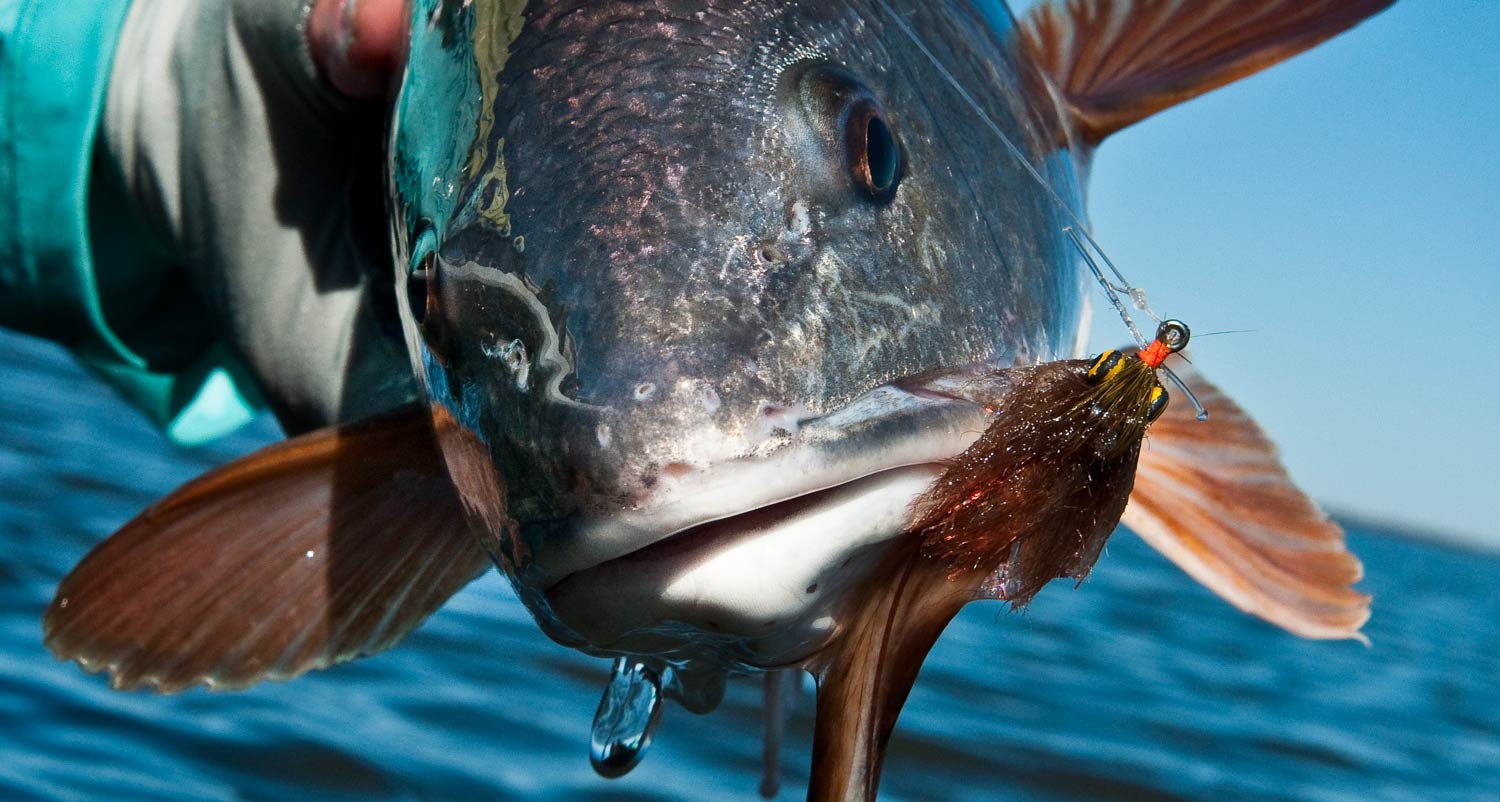
THERE ARE HUNDREDS OF REDFISH PATTERNS FLOATING AROUND OUT THERE.
All the way from Florida to Texas anglers and tyers are hard at work designing patterns to fool redfish. Most of them imitate the crabs, shrimp, and baitfish that make up the majority of the redfish diet. The great thing about redfish patterns is, for the most part, they are pretty darn simple fly and easy to tie. It’s one saltwater fish that isn’t very picky. Redfish are aggressive enough to take just about anything that’s swimming in front of them. The key to choosing a fly for redfish, like most fish, is knowing what they’re eating that time of year, as well as water clarity, and how active the fish are in their current situation on the flats. There are tons of awesome redfish patterns and it’s not easy to pick a top 10 but here are 10 of my favorite commercial Redfish Patterns.
#10 Kinky Muddler
Big bait, big fly. This is a go to pattern during the warmer months when Redfish are feeding on finger mullet. The low tide flats seem to fill up with mullet and the redfish take full advantage of the buffet. This is one of the best all around finger mullet flies and it works well when the fish are focused on the bigger baits. The Kinky Fiber and Angel Hair provide a big head followed by bucktail, and long stripes of saddle hackle give it the mullet movement.
#9 Fools Gold
An excellent small crab pattern for tailers. Gold body, raccoon tail, and dumbbell eyes to get it down. Works along the bottom like a crab and also gives a soft presentation with its light weight, and small size. Lots of movement and flash to get the full attention of a redfish looking for food.
#8 Fishalicious
Funky but effective on not only redfish but baby tarpon, and snook. The deer hair head gives it almost a subsurface presentation and works great for those actively feeding redfish. Not a very heavy fly but creates a lot of movement when fishing shallow water redfish. The darker Olive/Black color works very well in muddy water situations too.
Read More »Winston Air TH Spey Rod: Video

These new two hand rods from Winston incorporate the technology and materials of the Air rod family.
The Winston Air is one of the most responsive fly rods on the market. Thanks, in part, to it’s nano-silica technology the Air delivers maximum performance with minimum effort. The Air TH, in classic Winston 13′ 3″ length is no exception.
WATCH THE VIDEO FOR ALL THE DETAILS ON THE WINSTON AIR TH.
Read More »The New Able Vaya Fly Reel

The updated Vaya fly reel is a unique piece of fly fishing gear.
Sealed drag, quick release spool, and of course stunning finished inside and out are a few of the features of these hot looking, saltwater safe fly reels.
WATCH THE VIDEO FOR ALL THE DETAILS ON THE NEW ABLE VAYA.
Read More »4 Types of Trout Water to Target During the Summer
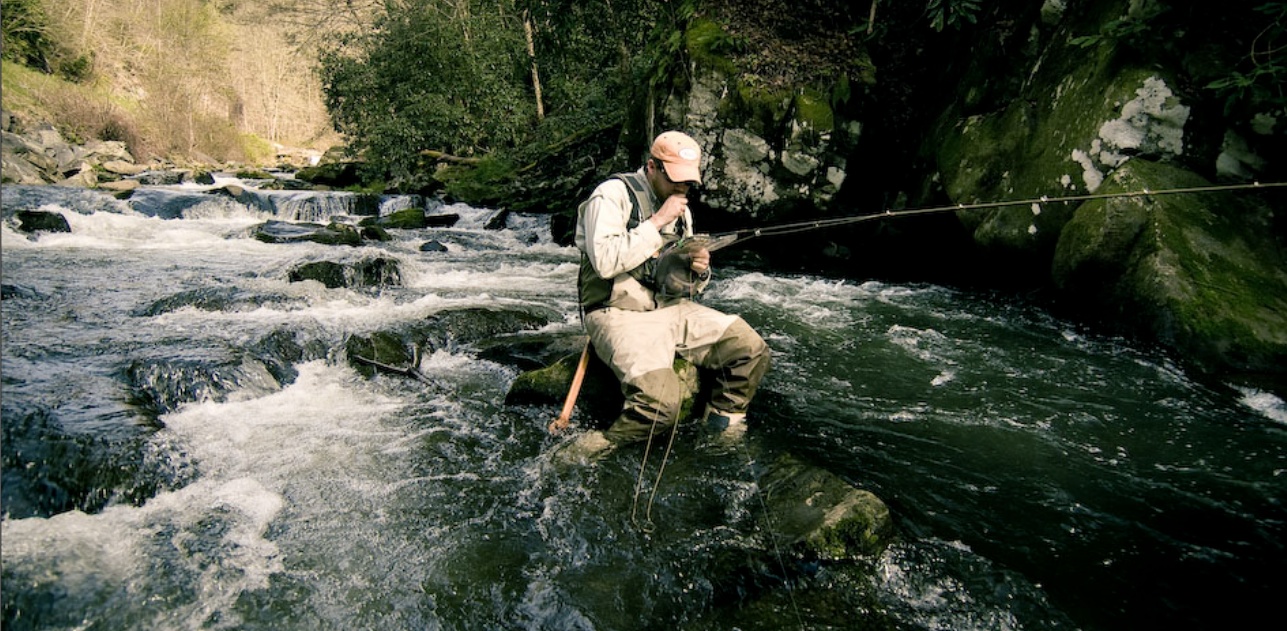
Are you finding that the dog days of summer are limiting the time you have success on the water trout fishing?
Generally, the best time to trout fish in the heat of the summer is the first and last couple hours of the day. This is when the air and water temperatures are the coolest and the oxygen levels in the water are at there highest. That being said, there are a few things you can do to help you buy yourself a couple extra hours of good fishing. Below are four types of trout water I target during the summer.
Read More »